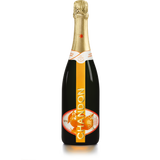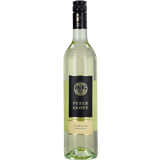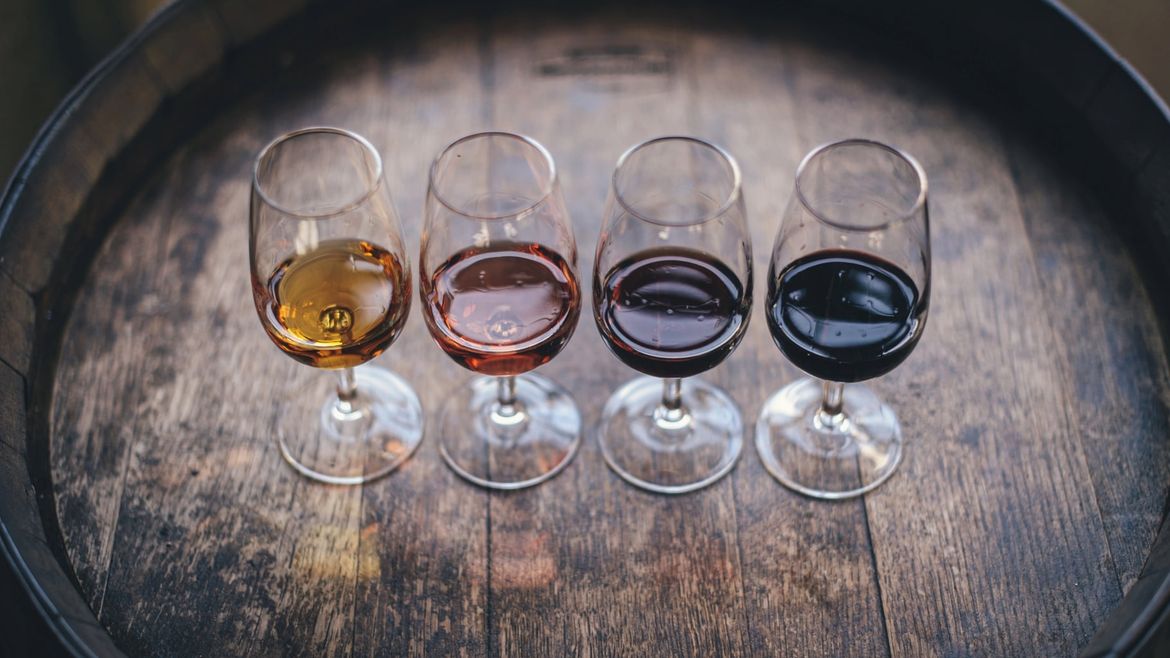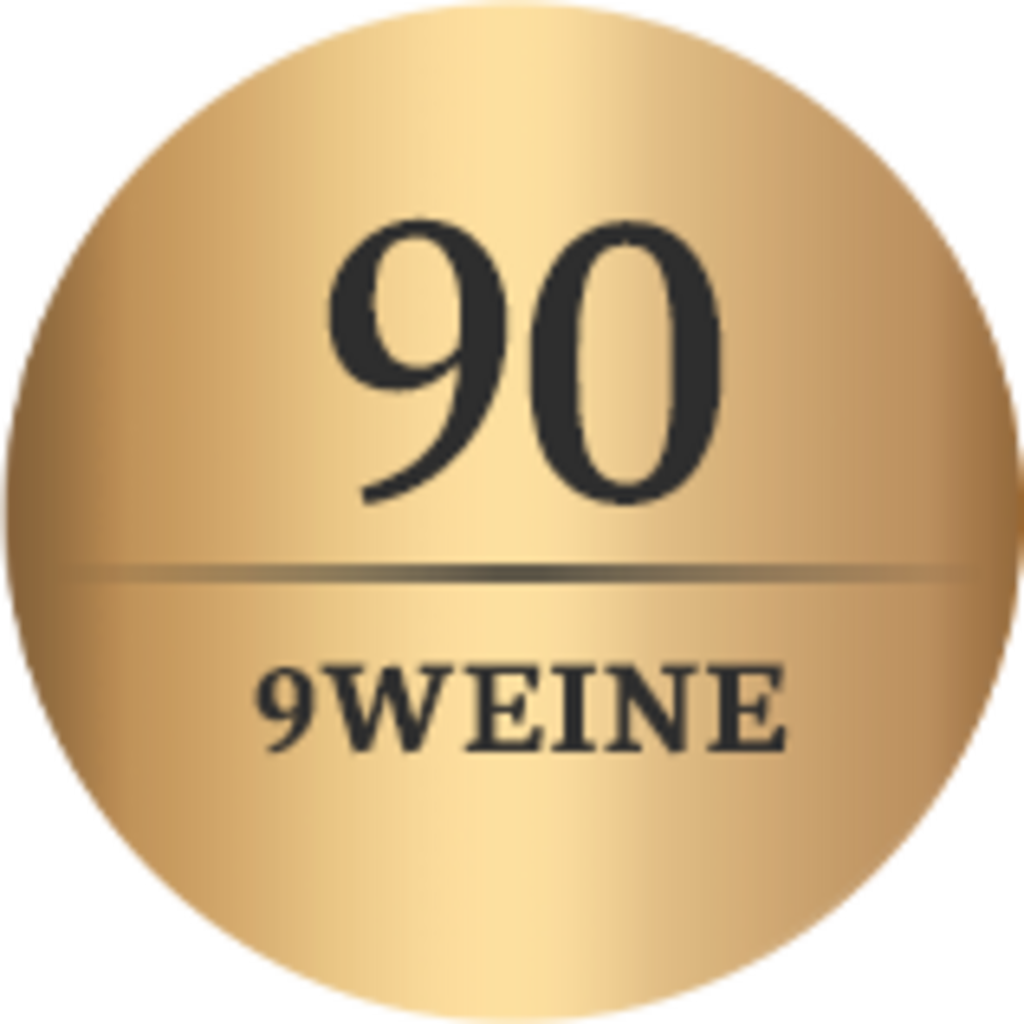Wine Quality Levels In Austria And Germany
Wine categorised by origin
Which wine quality levels exist in Germany and Austria?
Year after year, more and more emphasis is placed on quality for a wide variety of foods. When it comes to wine, too, the emphasis has been shifting away from mass production and towards quality for decades. However, even for many connoisseurs, wine quality levels are a science in themselves. The reason for this lies in the inconsistent classification of wine quality levels in various wine-growing countries. Guidelines from the European Union have existed since 2009. Nevertheless, traditional national forms of classification persist.
Wine quality levels in Austria
- Wine with a protected geographical indication: Austrian wines from a given, but wide, geographical area are sold as Landweine. Winemakers may indicate the wine region from which the wine originates in the name. However, any specification of smaller geographical units is not permitted due to the risk of confusion with higher-quality wines.
- Wine with a protected designation of origin: Wines with a more precise geographical designation are called Qualitätsweine. Within this category, there are a number of divisions. These are: Kabinett, typical regional Qualitätswein and Prädikatswein. Prädikatsweins are in turn divided into Spätlese (late harvest), Auslese (selected harvest), Beerenauslese (berry selected harvest), Eiswein (ice wine), Strohwein/Schilfwein (straw wine/reed wine) and Trockenbeerenauslese (dried berry selected harvest).
- Wine without a geographical indication: The term Tafelwein (table wine) was replaced by wine without a geographical indication in 2009. Only Österreich/Austria or Austrian wine may appear on the label to indicate where the wine was grown and made. Wines grown on slopes of 26 degrees or more, may also be called Bergwein (mountain wine).
Wine quality levels in Germany
In Germany, wines are divided as follows:
- Tafelwein: The lowest level of quality wine in Germany is called table wine. The wine must not be a blend and the grapes must be an approved grape varietal that has been grown on an approved vineyard. In addition, the alcohol content of the wine must be between 8.5 and 15 percent.
- Landwein: The next level up is the country wine. This must be a dry or semi-dry wine. Furthermore, the label must state the region from which the wine originates. Plus, Landwein must meet all the specifications for table wine.
- Qualitätswein from specific growing areas (QbA): Quality wines from specific growing areas make up the largest proportion of wines made in Germany. A wine of this quality must come from one of the 13 wine regions in Germany. The limits of the natural alcohol content are set individually for each grape varietal and region. In addition, each wine is given its own test number, which can be found on the bottle.
- Qualitätswein with Prädikat: The highest level is quality wine with predicate. Within this category, there are additional wine quality levels. These are in ascending order: Kabinett, Spätlese, Auslese, Beerenauslese, Trockenbeerenauslese and Eiswein. From Beerenauslese onwards, the grapes show noble rot when harvested. In the case of ice wine, the berries must also have been harvested and pressed while frozen at least -7 degrees Celsius.
Have you expanded your knowledge of quality wine? Then you have more than earned a glass (or several ;-))! Find a wealth of wine from Austria, Germany and other countries at www.9wines.uk.
Photo credits: Maksym Kaharlytskyi via Unsplash
Latest reviews
-
 4.8 (77)
4.8 (77)CHANDON Garden Spritz 11.5% Vol., 0,75 L
-20%- Ready-to-serve aperitif
- With fine bitter orange liqueur
- Cuvée of Chardonnay, Pinot Noir & Sémillon
€ 16,89 € 20,99 (€ 22,52 / L)Delivery by December 17
-
-
 4.7 (28)
4.7 (28)CHANDON Garden Spritz - Pack of 4, 0,75 L
-3%- Ready-to-serve premium aperitif in a pack of 4
- Cuvée of Chardonnay, Pinot Noir & Sémillon
- With fine bitter orange liqueur
€ 19,49 € 19,99 (€ 25,99 / L)Delivery by December 17
-
-
 5.0 (1)
5.0 (1)Polz Welschriesling Südsteiermark DAC 2024, 0,75 L
- Fresh, light white wine
- Very clean and aromatic
- Dry, easy-drinking summer wine
€ 9,89 (€ 13,19 / L)Sold out
-
-
 4.2 (10)
4.2 (10)Peter Skoff Steirische Vielfalt 2024, 0,75 L
- A delightful, fragrant wine
- White wine cuvée of typical regional varietals
- Ideal summer wine for the garden and patio
€ 8,99 (€ 11,99 / L)Delivery by December 17
-
Magazine Articles:
Discover 9wines Online:
-
Austria: Free standard delivery from € 49,90
-
We operate in a
climate-conscious manner. -
Free
returns Secure payments
with SSL encryption technology




